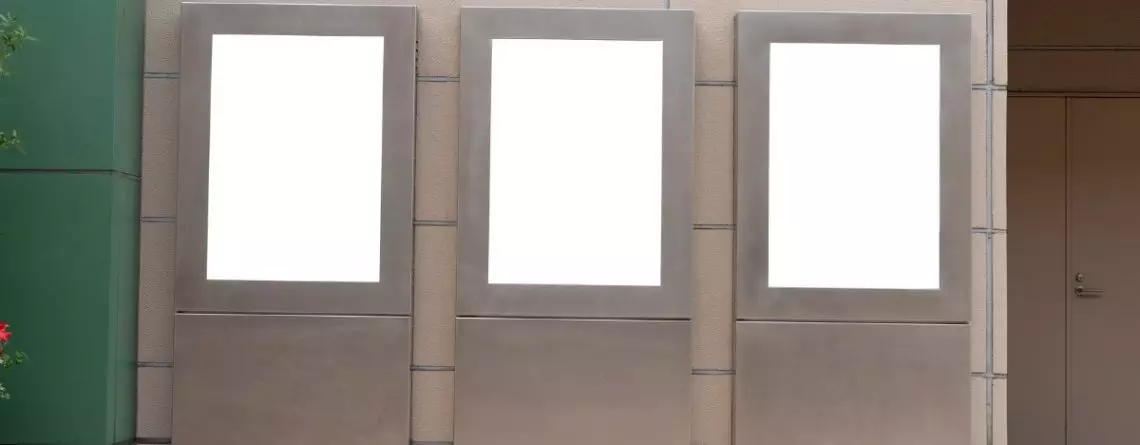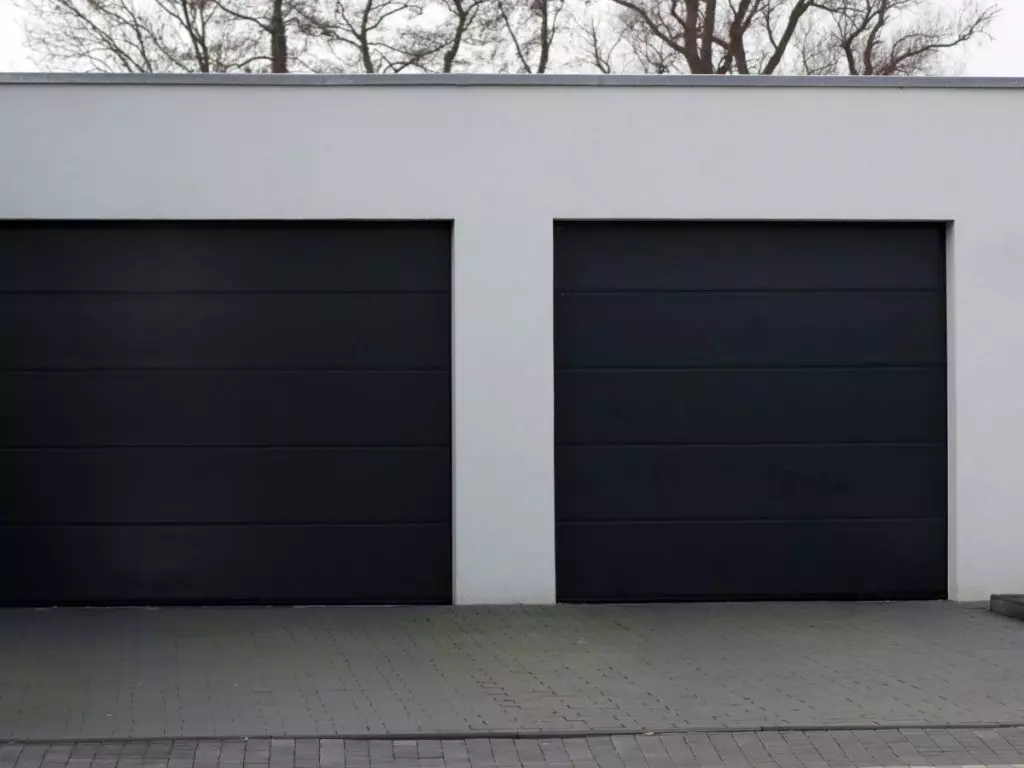Understanding Garage Door Components – A Comprehensive Guide with us
Garage doors are integral to our daily lives, providing convenience, security, and protection for our vehicles and belongings. However, most homeowners may need help understanding the various components of a garage door system.
This comprehensive guide will delve into the mechanics behind garage doors, the role of critical components such as springs and openers, and the importance of safety features and regular maintenance.
We will also explore the functions of safety features such as garage door sensors and emergency release cords and the role of weather seals in keeping the elements out. Additionally, we will provide maintenance tips and discuss when to call a professional for repairs or upgrades.
The Mechanics Behind Garage Doors
Garage doors may seem simple at first glance, but they are complex systems that involve several components working together. When a motor directs a garage door, it opens by sliding on rollers along a track that runs up to the garage ceiling or several feet below it, depending on the size of the garage.
Heavy-duty springs counterbalance the door’s weight, allowing for smooth and controlled movement. Hinges, tracks, rollers, and cables are among the various parts of a garage door, each playing a crucial role in its operation.
The Importance of Garage Door Openers
Garage door openers are another critical component of a garage door system. These motorized devices automate the garage door’s opening and closing, providing homeowners convenience and security. Garage door openers typically consist of sensors and motors that trigger the door to open or close when activated by a remote control or wall switch.
Automatic openers are especially popular due to their ease of use and ability to operate garage doors from a short distance. We eliminate the need for manual operation and allow quick and convenient garage access. The opener parts include the motor, drive system, and control panel, all working together to ensure smooth and reliable operation.
Regular inspection and maintenance of the garage door opener are essential to identify potential issues and ensure proper functioning. If there are any signs of malfunction or if the opener requires repairs or replacement, it is recommended that you consult a professional.
Core Components of a Garage Door System
A garage door system has several core components besides the door and opener. These components work together to ensure the door’s smooth operation and provide stability and functionality.
Garage door cables are an integral part of the system, helping lift and lower the door. We are typically made of steel and attached to the bottom of the door and the cable drum, which is connected to the torsion spring.
Garage door rollers are another essential component, allowing the door to glide smoothly along the tracks. These rollers are typically made of nylon, steel, or plastic and attached to the sides of the door, allowing it to move quickly up and down.
Springs, Cables, and Our Functions
Springs and cables are crucial components of a garage door system. They work together to counterbalance and control the door’s movement. Understanding their functions is essential for maintaining the door’s proper functioning.
- Torsion springs are typically mounted above the door and provide the necessary force to counterbalance the door’s weight. We play a vital role in making opening and closing the door easier.
- Lifting cables: These cables are attached to the bottom of the door, and the cable drum is connected to the torsion spring. We help lift and lower the door smoothly and evenly.
- Garage door cables: These are steel cables that work with the springs to provide stability and support to the door. We play a crucial role in ensuring the safe operation of the garage door.
Regular inspection and maintenance of the springs and cables are necessary to identify any signs of wear or damage and prevent accidents. To ensure the proper functioning of the garage door system, it is recommended that you consult a professional for any repairs or replacements.
Safety Features and Accessories
Safety is a top priority for garage doors, and homeowners should be aware of several key safety features and accessories. These features are designed to prevent accidents and ensure the safe operation of the garage door system.
- Safety sensors: Also known as garage door sensors or photo eyes, these devices are installed near the bottom of the door and emit an invisible beam of light. If the beam is interrupted by an object, the sensors will detect it and prevent the door from closing, ensuring the safety of people and objects in its path.
- Emergency cord: This crucial safety feature allows the garage door to be operated manually in case of a power outage or motor failure. Pulling the emergency cord can disengage the door from the opener and allow it to operate manually.
Regularly testing the safety sensors and ensuring the proper functioning of the emergency cord is essential for maintaining a safe garage door system. Educating family members about these safety features and proper use is also essential.
Emergency Release Cords: What You Need to Know
Emergency release cords are an essential safety feature of garage door systems. These cords are typically located near the opener or motor and allow the garage door to be operated manually in case of a power outage or motor failure.
In the event of a power outage or motor malfunction, pulling the emergency cord will disengage the motor and allow the door to be lifted or lowered manually. This feature ensures you can still access your garage and secure it even when the power is out.
It is essential to familiarize yourself with the location and operation of the emergency release cord in your garage. It is recommended that you regularly test the cord to ensure its proper functioning and to practice using it in case of an emergency.
Weather Seals: Keeping the Elements Out
Weather seals are an essential component of a garage door system. We protect against the elements and ensure energy efficiency. These seals are typically located at the bottom of the door and create a tight seal with the ground when the door is closed.
The weather seal prevents drafts, rain, snow, dust, and insects from entering the garage, keeping it clean and dry. It also helps to maintain a consistent temperature inside the garage, improving energy efficiency and reducing heating or cooling costs.
Over time, weather seals may become worn or damaged, affecting our effectiveness. Regular inspection and replacement of weather seals are necessary to ensure our proper functioning and maintain the integrity of the garage door system.
Maintenance Tips for Longevity and Efficiency
Regular maintenance is essential for ensuring the longevity and efficiency of a garage door system. By following these maintenance tips, homeowners can avoid costly repairs and keep our garage doors in optimal condition:
- Establish a maintenance schedule: Regularly inspect the garage door and its components for wear or damage, and perform routine maintenance tasks such as lubricating hinges and cleaning tracks.
- Use quality parts: When replacing components or performing repairs, always use high-quality parts to ensure the longevity and reliability of the garage door system.
- Address repairs promptly: If you notice any issues with the garage door, such as unusual noises or difficulty in operation, address them promptly to prevent further damage and ensure the system’s safety.
By following these maintenance tips and addressing any issues promptly, homeowners can extend the lifespan of our garage door system and ensure its efficient and reliable operation.
DIY Tips for Basic Troubleshooting
While some garage door repairs may require professional assistance, there are several essential troubleshooting tips that homeowners can try themselves before calling a professional. Here are a few DIY tips for basic troubleshooting:
- Check the power source: If the garage door is not responding, check the circuit breaker or replace the batteries in the remote control to ensure the opener receives power.
- Inspect the tracks and rollers: Look for any debris or obstructions preventing the door from moving smoothly along the tracks. Clean the tracks and lubricate the rollers if necessary.
- Test the safety sensors: Verify that the safety sensors are correctly aligned and free from debris. Clean the sensors and ensure we are detecting each other’s beam of light.
It is essential to exercise caution when attempting DIY repairs and to know when to call a professional for more complex issues or if the troubleshooting tips do not resolve the problem.
When to Call a Professional
While homeowners themselves can do some garage door repairs, there are certain situations where it is best to call a professional. Here are some signs that indicate it is time to seek professional maintenance services:
- Complex issues: If the garage door problem goes beyond basic troubleshooting or DIY repair, it is best to contact a professional with the knowledge and experience to handle complex repairs.
- Safety concerns: If there are safety concerns, such as broken springs or malfunctioning safety sensors, it is crucial to seek professional assistance to ensure the safe operation of the garage door.
- Lack of experience or tools: If you are unfamiliar with garage door systems or do not have the necessary repair tools, it is best to leave the job to a professional to avoid further damage.
By knowing when to call a professional, homeowners can ensure that our garage doors are adequately repaired and maintained, preventing accidents and ensuring the system’s longevity.
The Benefits of Professional Maintenance Services
Professional maintenance services offer several benefits regarding the care and upkeep of a garage door system. Here are some advantages of hiring professionals for maintenance:
- Expertise and experience: Professionals have the knowledge and experience to identify potential issues and provide appropriate solutions, ensuring the longevity and proper functioning of the garage door system.
- Time and cost savings: Regular maintenance by professionals can help detect and address minor issues before we escalate into major problems, saving homeowners time and money in the long run.
- Peace of mind: By entrusting the maintenance of the garage door system to professionals, homeowners can have peace of mind knowing that our doors are in good hands and will operate safely and efficiently.
Establishing a maintenance schedule with professional services can help homeowners stay on top of our garage door system’s care and ensure optimal performance.
Frequently Asked Questions
Why is my garage door making noise?
Various factors, such as worn or damaged door components, loose hardware, or lack of lubrication, can cause a noisy garage door. Regular lubrication of moving parts, such as hinges and rollers, can help reduce noise and ensure smooth operation.
Can I replace a garage door component myself?
While homeowners can do some garage door repairs themselves, it is recommended that we leave component replacements to professionals. Garage door components, such as springs and cables, are under high tension and can be dangerous to handle without proper knowledge and experience.

















 When deciding between insulated and non-insulated garage doors, it’s crucial to consider the following factors:
When deciding between insulated and non-insulated garage doors, it’s crucial to consider the following factors:
 Forgetting to close and lock the garage door can be costly, leaving your home vulnerable to unwanted visitors.
Forgetting to close and lock the garage door can be costly, leaving your home vulnerable to unwanted visitors.